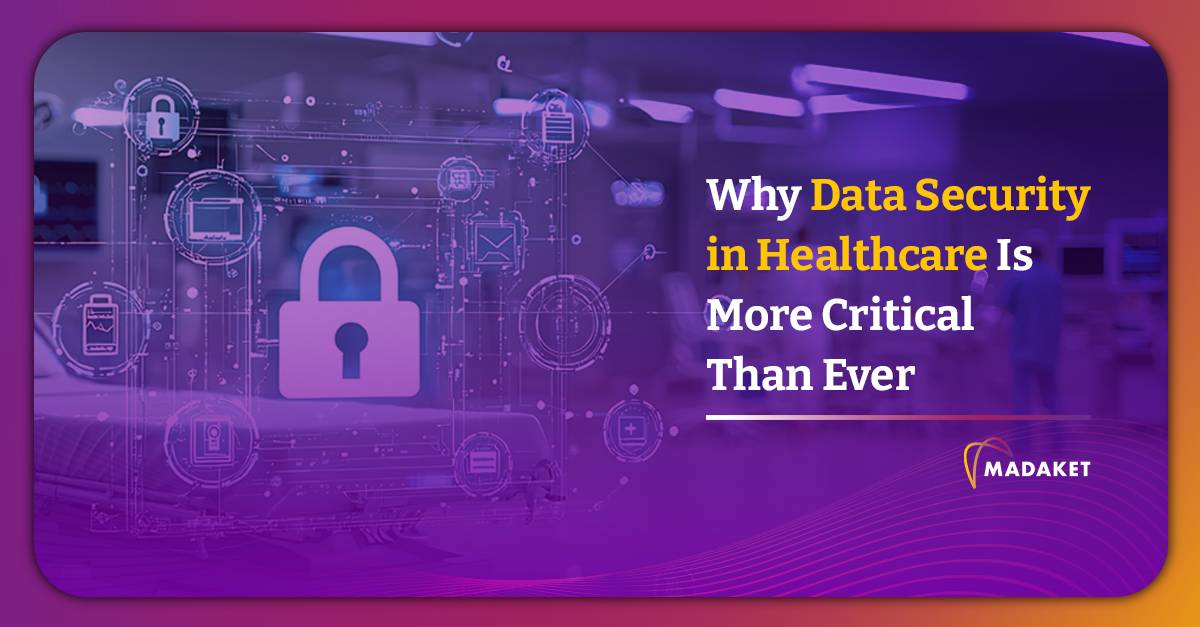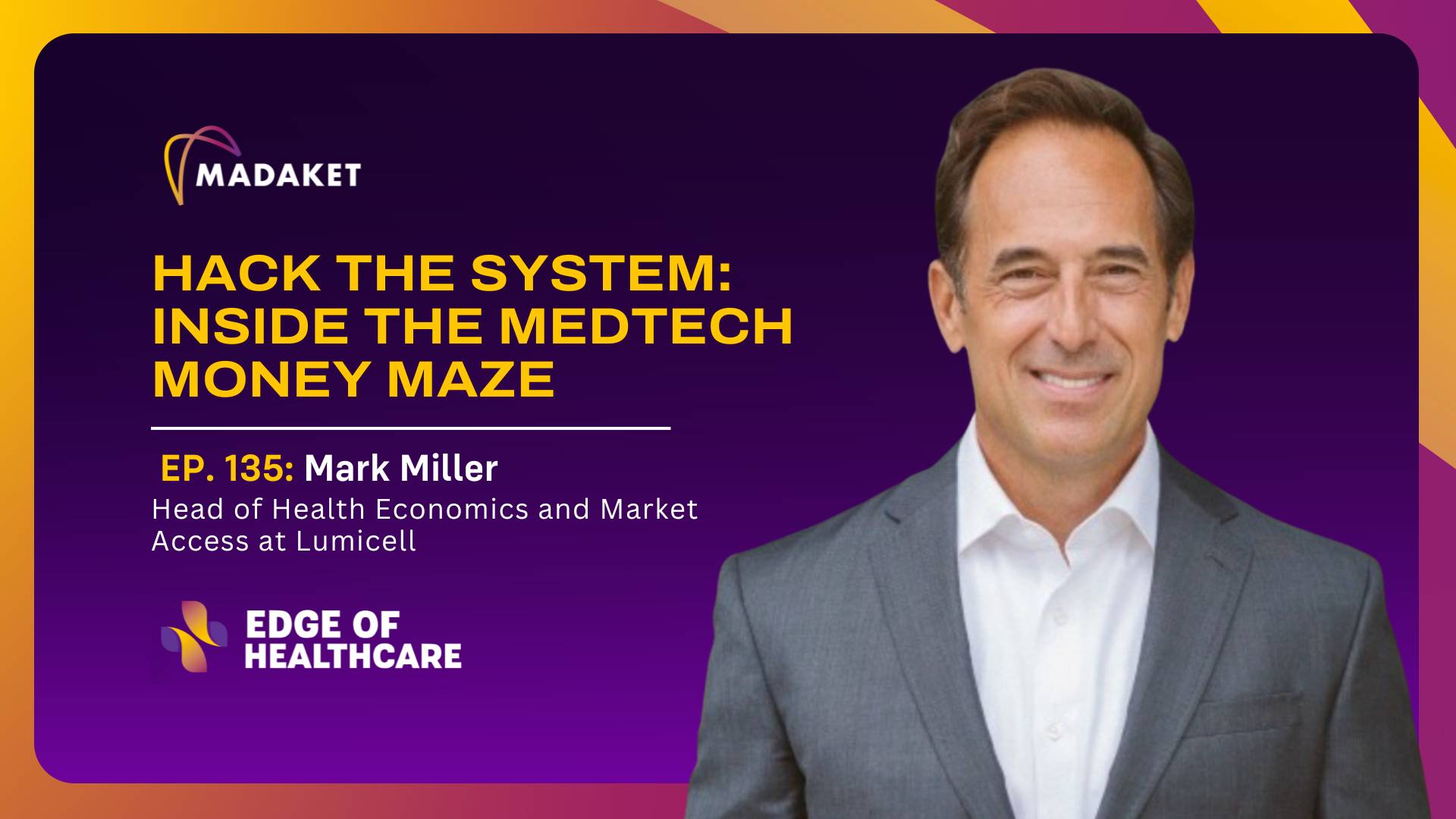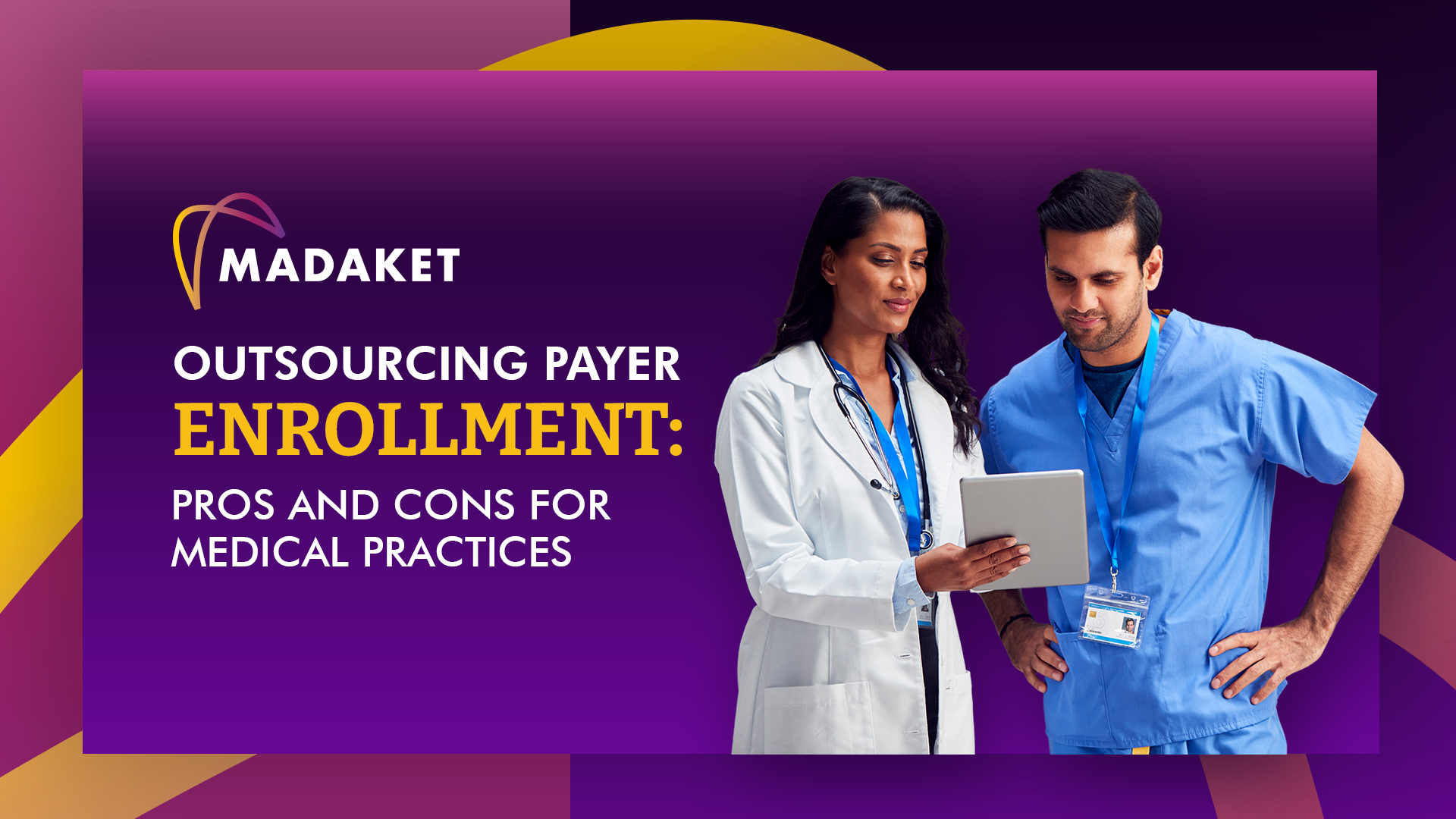Your Definitive Guide to Medical Licensing
Your Definitive Guide to Medical Licensing
Occupational licensing laws require some workers to obtain a license prior to practicing in their field. The licensing process ensures employees have the appropriate education, training, and testing to perform their job and keep the general public safe. In the United States, practicing medicine is a licensed profession regulated by individual state medical boards.
Medical licensure is complicated, varying from state to state, and dependent on each jurisdiction’s resources, regulations, and laws. Once in practice, a healthcare provider must keep their medical license up to date by renewing it periodically. Monitoring and maintaining multi-state licensing status and renewals is a complex but crucial step of provider data management.
The Medical Licensing Landscape
What is Medical Licensing?
Most healthcare providers – including physicians, chiropractors, and registered nurses – are required to obtain a medical license to practice medicine independently. A medical license is granted by a U.S. state or jurisdiction. Providers must go through a process to obtain an initial license in each state where they wish to practice medicine. The Federation of State Medical Boards (FSMB) supports state medical board licensing, disciplining, and regulating healthcare providers.
According to the FSMB, one of the most important functions of state medical boards is issuing licenses to providers. Through the licensing process, medical boards ensure that all practicing providers conform to standards of professional conduct while caring for patients. Depending on the state, getting an initial medical license approved by state boards can take from a couple weeks to a few months. Some providers may start the licensing process while they’re in residency or in the months leading up to starting a new job.
Requirements to Obtain a Medical License
To obtain a medical license, providers must meet predetermined qualifications, depending on their specialty, such as medical school graduation, postgraduate training, and passage of the United States Medical Licensing Examination® (USMLE®) or the Comprehensive Osteopathic Medical Licensing Examination (COMLEX-USA), which test applicants knowledge of health and disease management and effective patient care. The state-specific requirements for obtaining a medical license vary between jurisdictions but all state medical boards evaluate the credentials of applicants and review multiple factors, including:
- Current CV
- Medical school verification
- Medical training (i.e., residency training)
- Performance on a national licensing examination
- References
- Mental, moral, and physical fitness to safely practice medicine
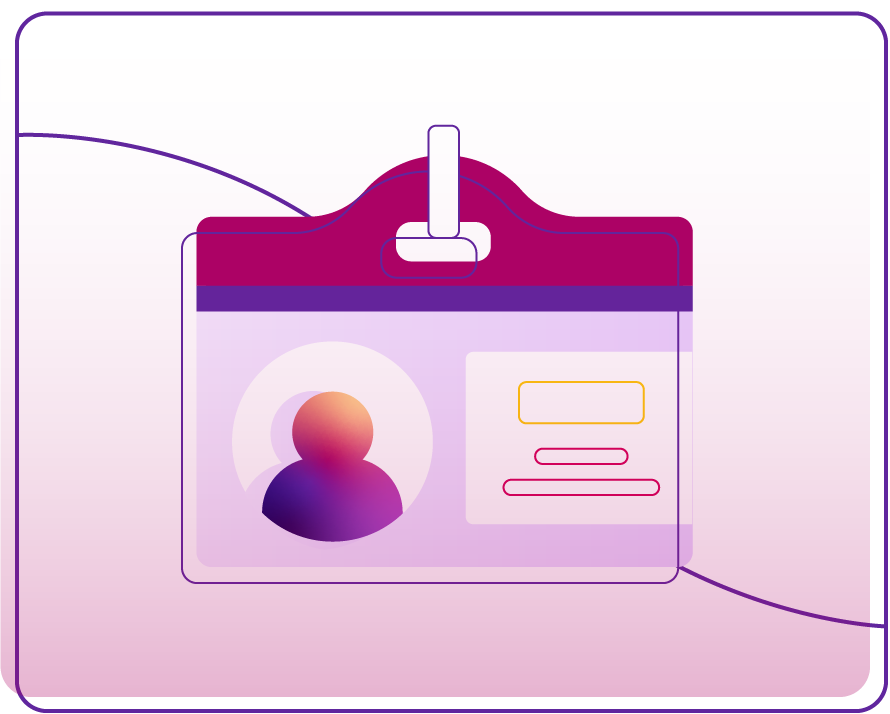
Additionally, applicants must disclose any details that may affect their ability to practice, such as health status, malpractice judgments or settlements, and criminal convictions. Even though the requirements and process for obtaining a medical license will vary by location, there are a few general steps that providers can expect when applying for a license.
The Process for Obtaining a Medical License
- Send in the application and your CV to the state board.
- Disclose all derogatory information (if applicable).
- Start contacting all your primary verification sources.
- Submit all documents to the board for the review process.
- Request your exam transcript scores be sent directly to the medical board.
The Importance of Medical Licensing
Simply put, it’s illegal to practice medicine without a license. The primary mission of medical boards is to protect the public from incompetent or improperly trained providers. Medical boards attempt to ensure that only qualified providers practice medicine and provide patients with a high standard of care. Before working with a provider, a payer or healthcare institution will perform a credentialing process to examine the provider’s education, certifications, medical practice history, and licensing. A provider will not pass the credentialing process without a valid medical license, and therefore, won’t be employed or reimbursed.
Common Challenges with Medical Licensing
Maintaining a Valid Medical License
Keeping medical licenses up-to-date and maintaining accurate provider information helps guarantee a consistent quality of care. Like credentials, all medical licenses have an expiration date, which requires providers to renew their license, usually every one or two years, to continue their active status. According to the FSMB, during the renewal process, providers must demonstrate that they have maintained acceptable standards of ethics and medical practice and haven’t engaged in improper conduct. In most states, providers must also prove that they have participated in continuing medical education (CME).
In the U.S., the right to practice medicine is a privilege granted by each state. Providers are required to understand the differing regulations governing the practice of medicine in the state where they apply for a license. State medical boards define the regulations in a state statute, usually called a medical practice act.
According to the AMA, there’s a trend toward consistency of requirements among licensing boards but automatic exchange between state medical boards has mostly been discontinued. In short, current licensure processes still require providers to complete individual applications for each state in which they seek to practice medicine in any form, including telemedicine or telehealth. Many providers support a national medical license, which could build on existing compacts that grant privileges to practice in multiple states.
Obtaining a Telehealth License
Healthcare providers can obtain licenses and deliver telehealth services in multiple states, depending on rules set by state and federal policies. The IMLC is especially helpful for specialists who want to obtain cross-state telehealth licenses. Although, the COVID-19 pandemic proved how unprepared and limiting the current state licensure and credentialing procedures are in response to a crisis.
Due to the increased demand for providers during the pandemic, almost every state modified their medical licensure requirements for practicing cross-state telehealth, but those waivers started to expire in 2022. While this change temporarily removed barriers to care during a period of high demand, telehealth’s accelerated growth and fast-tracked implementation caused some concerns, including providers’ licensure compliance and fraudulent behavior. The pandemic validated the need to standardize and modernize state medical licenses.
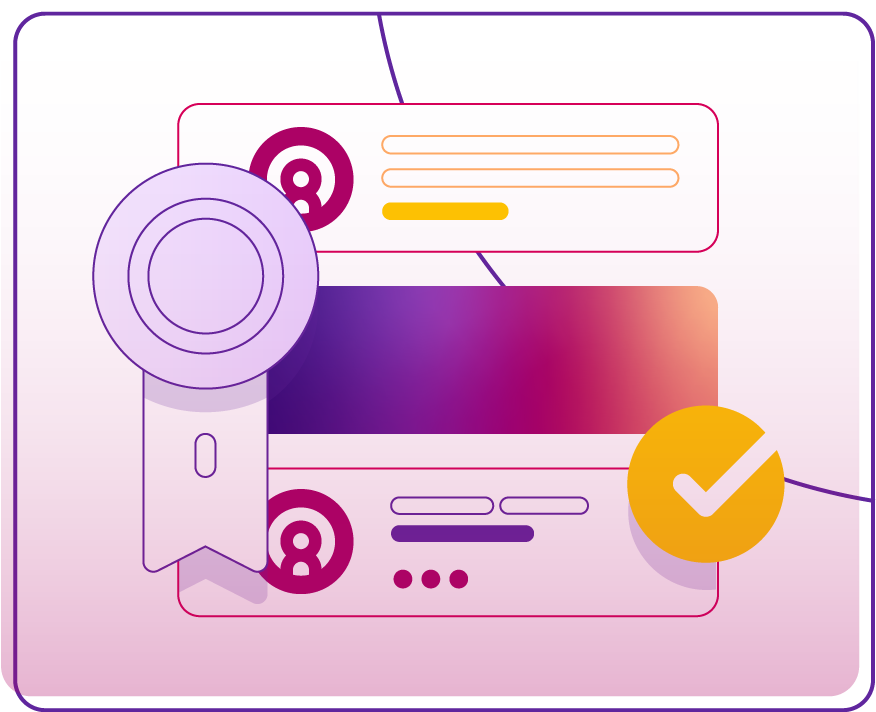
Monitoring Medical Licenses
Healthcare institutions are expected to deliver safe care and comply with state and federal laws. It’s the responsibility of the healthcare facility to make sure the providers they employ maintain a good standing with their medical licenses. Hospitals and health systems need to verify a provider’s credentials initially and then continuously monitor their licenses for renewals or restrictions. As each state operates its own licensing board, employers are expected to check all applicable databases and licensing boards. All employers should check the state Board of Medical Examiners for the state in which the provider will be practicing.
National organizations, like the Joint Commission, hold healthcare organizations to a high standard. The Joint Commission strives to continuously improve healthcare by regularly evaluating healthcare organizations and inspiring them to excel in providing safe and effective care. To enforce accreditation, the Joint Commission sends surveyors to visit healthcare facilities unannounced. All providers are expected to be able to account for their credentials, including a valid license. If the employer fails to stay up to date with monitoring of medical licenses, the survey will expose expired or restricted licenses, resulting in penalties, fines, or suspensions.
Streamlining Medical License Monitoring
While licensure is only one piece of the provider data management puzzle, it’s a critical step of verifying healthcare providers who will provide high quality care to patients. However, checking and monitoring licenses is inefficient and creates excessive paperwork for healthcare administrators. Even if a provider has previously been credentialed at a dozen other institutions, each entity – including hospitals and payers – must independently verify each provider, causing redundancy and often delays in delivery healthcare services.
Without a standardized procedure or single database, monitoring medical licenses uses a lot of resources in an already inundated healthcare ecosystem. Keeping up with hundreds, or thousands, of current and new licensed providers is time-consuming, complex, and creates an administrative bottleneck. To mitigate risk and promote patient safety, developing a timely process or solution to verify and continuously monitor licenses is key. Outsourcing medical license maintenance can help streamline a traditionally manual process. Licensing platforms can track renewal deadlines, view and compare state licensure requirements, and flag specific CME requirements by state. A modern licensing and credentialing solution can simplify the process and remove the administrative burden.
Outsourcing Medical Licensing
At Madaket, we’re proud to partner with Licentiam, a trusted and experienced solution provider that streamlines the licensing process for all healthcare providers. The solution allows providers and administrative staff to work with a team of experienced medical regulatory and licensing experts to complete and maintain state licensing applications directly from the Madaket Provider Data Management (PDM) platform. The PDM platform is used by more than 80% of U.S. provider groups to exchange data for key healthcare administrative functions like payer enrollment, credentialing, and licensing.
Licensing is time-consuming for providers, payers, and health systems. With Licentiam’s licensing specialists, users can receive their license about twenty times faster than if a doctor or administrative team completed these tasks on their own. The team handles thousands of license applications each year with exceptional success in medical board approval rates.
To start streamlining medical license monitoring, check out Madaket’s all-in-one, automated solution for provider data management.
More ideas and insights.
© 2024 Madaket Health | Privacy Policy | Terms & Conditions
